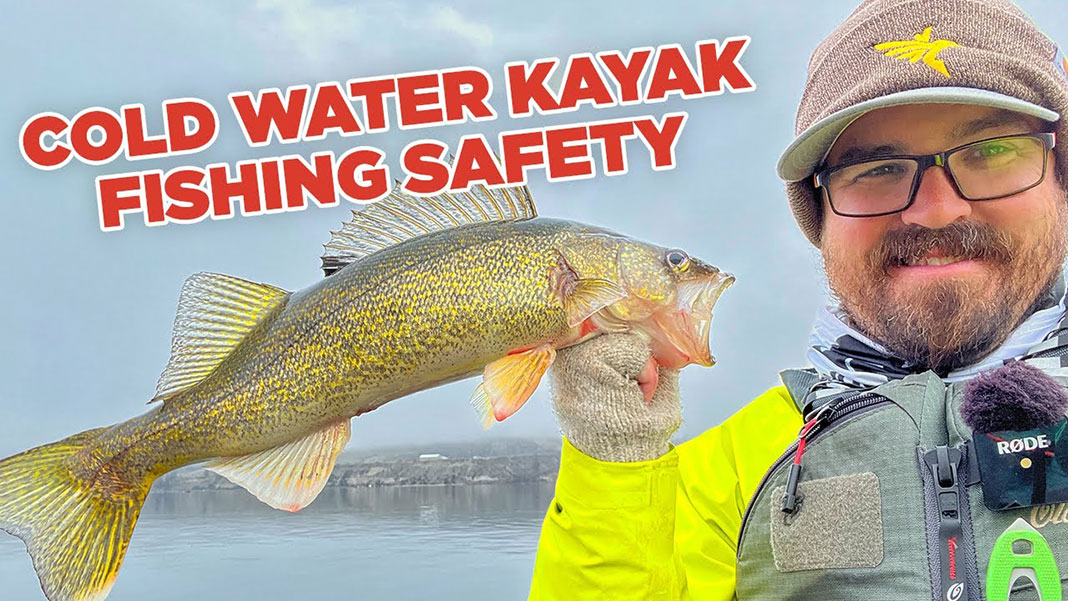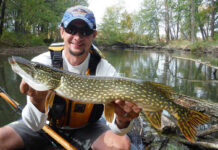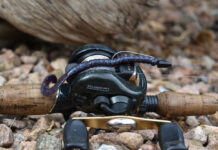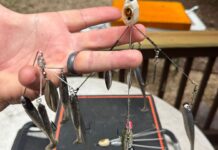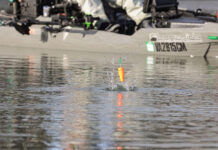Catching walleye in the mighty Columbia River can seem overwhelming. Finding the fish requires understanding their life cycle and how they feed.
Newsflash: The Best Walleye Fishing Is Not in the Midwest
Walleye inhabit the Columbia River from Portland, Oregon, to the Canadian border. The best fishing is from Boardman, Oregon, to the Tricities, Washington.
Fishing for walleye in the massive Columbia River requires following the their seasonal patterns. Walleye spawn mid-April to mid-May, moving to deep water post-spawn before returning to shallows in early June.

Early spring is prime time for trophy walleye. The secret is fishing in shallow water at night. The days surrounding the full moon are considered the best time to target large females.
By late June, walleye move to weedlines, flats and depth contours with sharp edges. As the temperature drops, walleye remain near edges, deep weedlines and flats.
Starting in mid-November, the transition from shallow water to deep offers excellent opportunities to catch walleye in depressions in the river bottom.
When the current is running fast, walleye push to the sides of the river, the inside of a bend or current seams, or the fish wait along an edge to ambush bait. When the current is slower, the fish spread out on flats next to deep edges.
The bottom of the Columbia River ranges from mud and muck to hard sand and basalt gravel. People call walleye gravel lizards for a reason. I find the fish on hard sand bottom with some rock or next to an edge with gravel or rocks.
Perch are a big part of the walleye diet, so I watch my fish finder for ideal structure and clouds of baitfish.
To search for concentrations of walleye, slow troll a worm harness, Mack’s Lure Slow Death or a bottom walker. I start with a one- to four-ounce bottom walker connected to the mainline. From the bottom walker to the harness, I have five to six feet of leader and a night crawler on the harness.

At night, I work water that is six to 10 feet deep. During the day, I move to water that is 40 feet deep. I slow troll the rig downstream at one mile per hour in winter and early spring and up to two miles per hour in summer and fall.
Lure color matters. On a cloudy day or overcast night, a bright color like fire tiger works well. On a moonlit night or bright day, I like a lure with flash and natural color. To monitor the lure depth, I use a reel with a line counter.
Anytime I find a cloud of bait on the fish finder, I vertically jig a blade bait or spoon. I drift with the current to keep the line straight with the lure on the bottom directly below my kayak.
To work a spoon, I lift the lure off the bottom and then let it fall. With a blade bait, I snap the lure eight to 12 inches and let it fall.
In Washington, there is an eight-fish limit on walleye over 12 inches with only one fish over 22 inches. The regulations allow anglers to keep a mess of fish and leave the big girls to spawn. Chasing walleye in the massive Columbia River is intimidating. Understanding where the fish are located and how to catch them is the big step in taming the beast.
Jim Davis is an experienced outdoorsman with a lifelong dedication to hunting and fishing. Since 2014, he has immersed himself in kayak angling, earning recognition as the “walleye guy” among the Pacific Northwest fishing community.
Unlock the secrets of Columbia River non-native species. | Feature photo: Jim Davis


